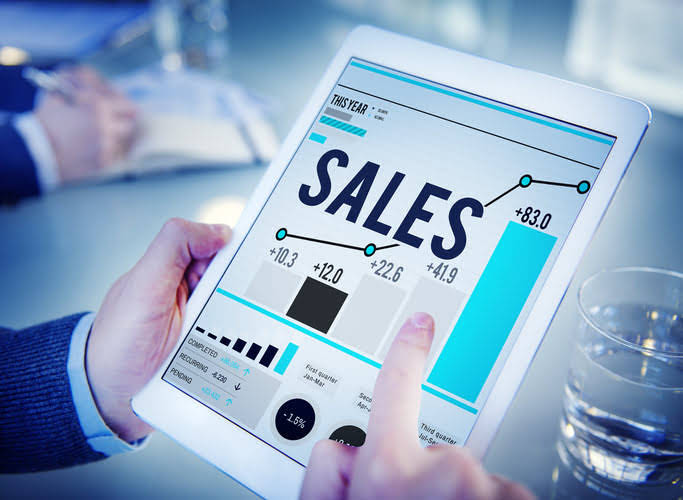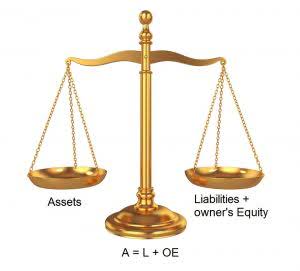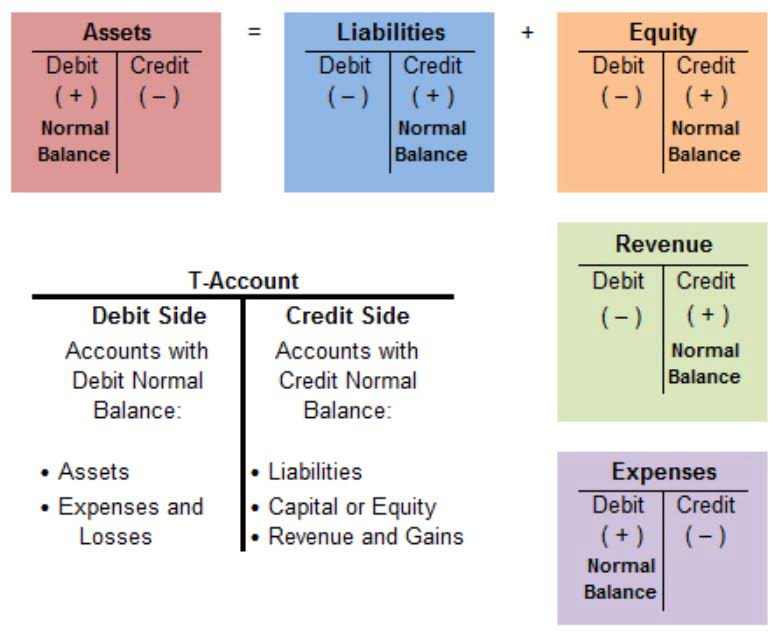Content

That revenue is what the company uses to pay overheads and expenses. It doesn’t include any other expenses into account except the cost of goods sold. In the above case, Apple Inc. has reached a gross margin of $98,392 and 38% in percentage form. This 38% gross margin indicates that out https://www.bookstime.com/ of $1 of revenue from net sales, Apple Inc. can make a gross profit of 0.38 cents. Before you start to calculate gross margin, know that margins vary significantly from industry to industry. Grocery stores have very low margins, while SaaS subscription services have much higher margins.

To better assess the financial health of your business, you’ll want to explore your profit margin, gross margin, and net profit margin numbers. In this article, we’ll break each of these down, including formulas, examples, and tools you can use to calculate these percentages starting today. The gross margin ratio measures the amount of funds retained after products and services have been sold.
Build a customer loyalty program
The gross profit ratio compares a business’s revenues to the costs directly related toward generating those revenues. For instance, a pizzeria’s gross profit ratio compares the revenues from selling pizza to the direct costs that go into making that pizza . A high gross profit ratio indicates that the company is generating a good amount of profit from its core operations and is not spending too much of its revenue on sustaining those operations. This figure describes all the direct costs related to the production of that product or service. They do not include other costs like business administration expenses, marketing expenses, or taxes.
How to Calculate Operating Margin: A 2022 Guide – The Motley Fool
How to Calculate Operating Margin: A 2022 Guide.
Posted: Wed, 18 May 2022 07:00:00 GMT [source]
Both gross margin formulas are used depending on what metrics are being evaluated. Gross margin refers to the percentage value while gross profit may be used to indicate the dollar value. You can think of the numerator, or top number, in this equation as a company’s net sales, since it tallies all revenues and subtracts all gross margin ratio formula expenses. When you calculate the difference and divide it by total revenue, you get your net profit margin. Alternatively, it may decide to increase prices, as a revenue-increasing measure. Gross profit margins can also be used to measure company efficiency or to compare two companies of different market capitalizations.
Improve gross margins by effortlessly reducing churn with ProfitWell
Companies can measure the efficiency of their operations by calculating their gross profit margin ratio, also known as a gross margin ratio. This ratio compares gross profits to the direct costs that go into manufacturing and selling a company’s products. Higher gross margins typically indicate a more profitable company. Outsourcing to a professional team that provided management accounting is essential to your business’s success and growth. Gross margin, commonly referred to as gross profit margin, compares the cost of goods sold to sales. This gives a key insight, based on direct costs, into how profitable your goods and services are.
If a product or service doesn’t create a profit, companies will not supply it. Profit margin is a profitability ratio used by businesses to measure what percentage of a company’s net income comes from sales.






